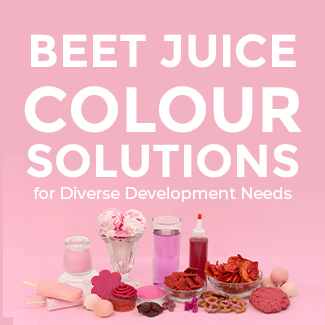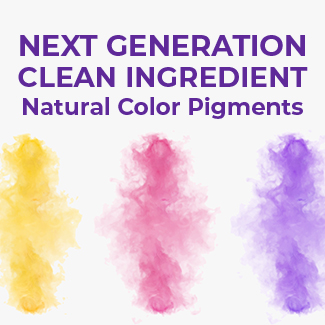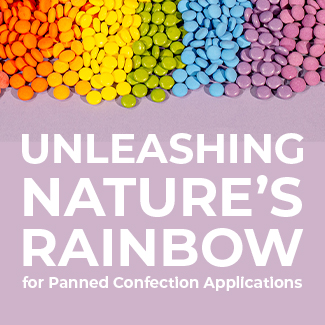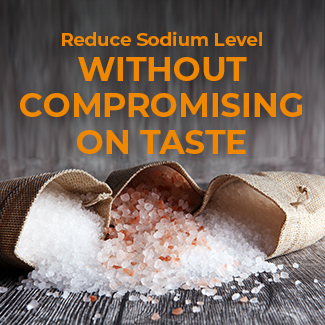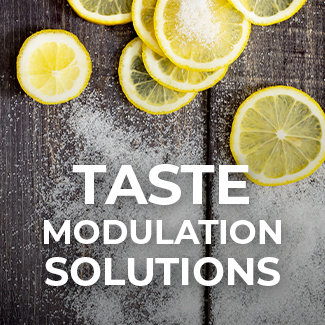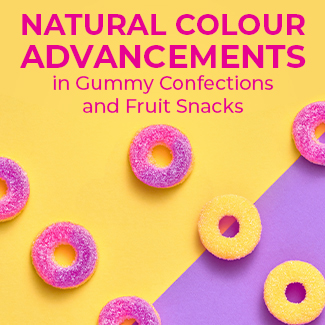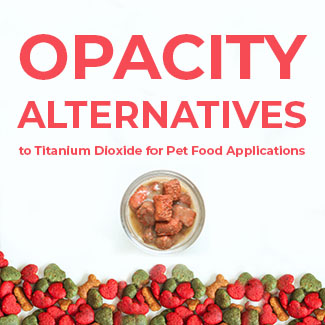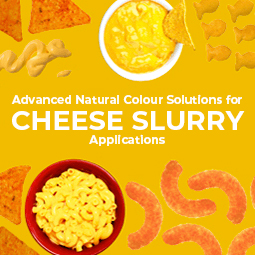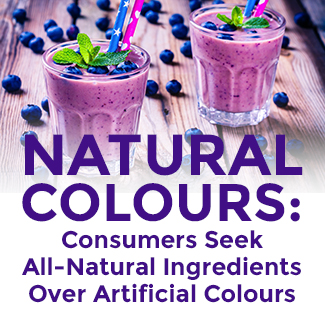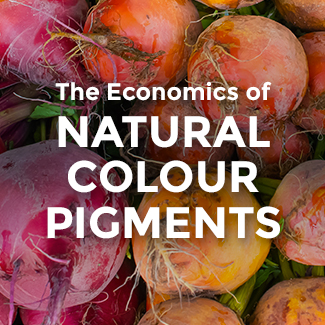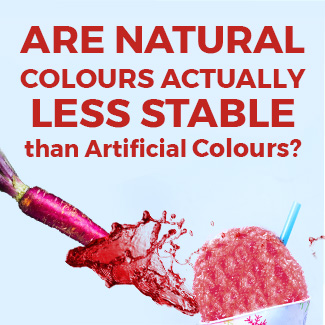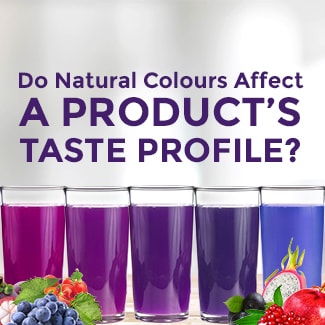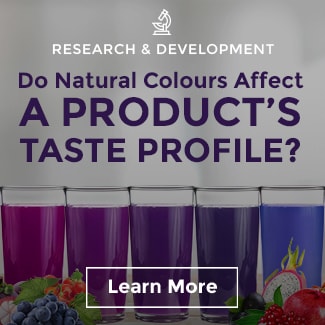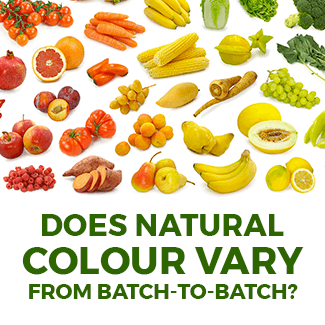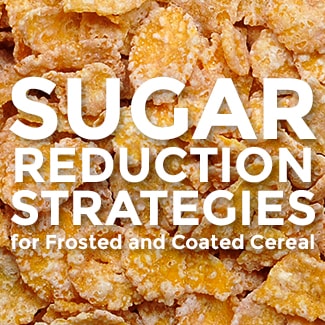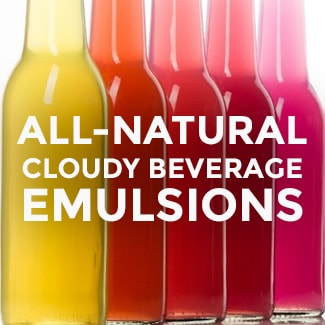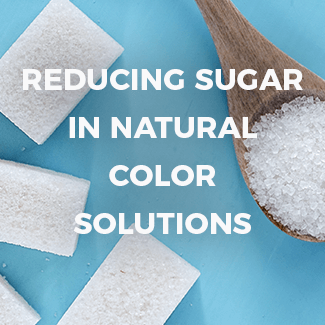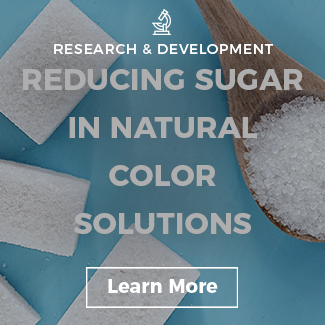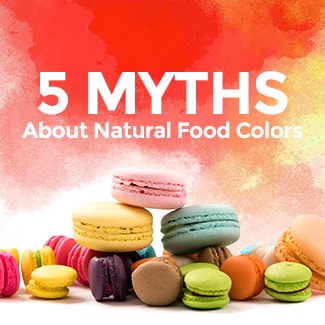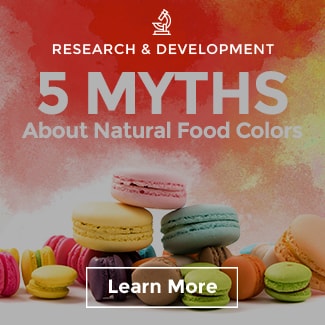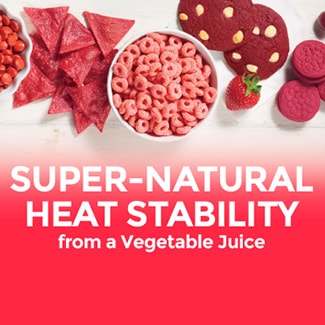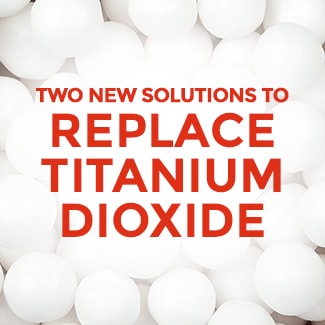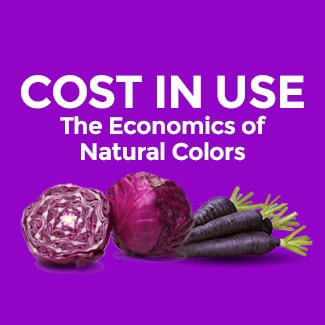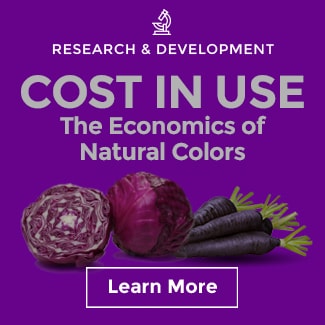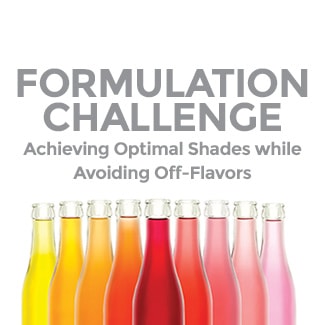Do Natural Colours Mean Sacrificing Vibrancy?
According to a 2017 national consumer research study conducted by Sensient with the Natural Marketing Institute, 71% of the U.S. general population is concerned about the presence of artificial colour in their everyday food and drinks. This number has steadily increased over the past few years, and today’s shoppers are seeking brands who listen to their needs. Colour plays a crucial role in determining consumer preference. In our large scale research study, purchase intent scores increased by about 5% merely by changing colour vibrancy. Preference scores in side-by-side comparisons were up to 5 times higher versus an otherwise identical product.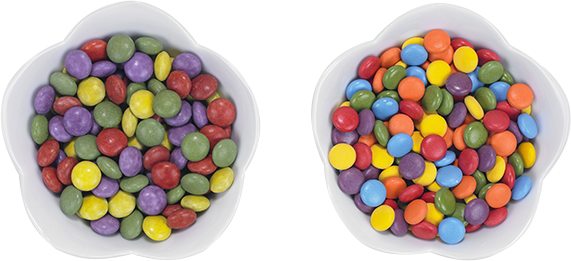 With comparison data, it is clear that colour can be the difference between a successful launch/renovation and one that fails to live up to consumer expectations.
While formulating with colour from fruits and vegetables is generally more complex, there are unfortunately a lot of misconceptions and hasty generalizations out there about natural colour performance. We want to set the record straight for all product developers and food scientists.
With comparison data, it is clear that colour can be the difference between a successful launch/renovation and one that fails to live up to consumer expectations.
While formulating with colour from fruits and vegetables is generally more complex, there are unfortunately a lot of misconceptions and hasty generalizations out there about natural colour performance. We want to set the record straight for all product developers and food scientists.
Myth 1: You have to Sacrifice on Shade Vibrancy. Discover the truth here…

The truth is today’s recent advancements and innovations enable natural colours to actually outshine the shade capabilities in many of their artificial counterparts. As long as you are formulating with the right solution, natural colours are bold, vibrant and stable. In fact, there are actually more shade possibilities available from natural colours than artificial.
Wondering if natural colour varies from batch-to-batch? Learn the truth of other natural colour myths here.







